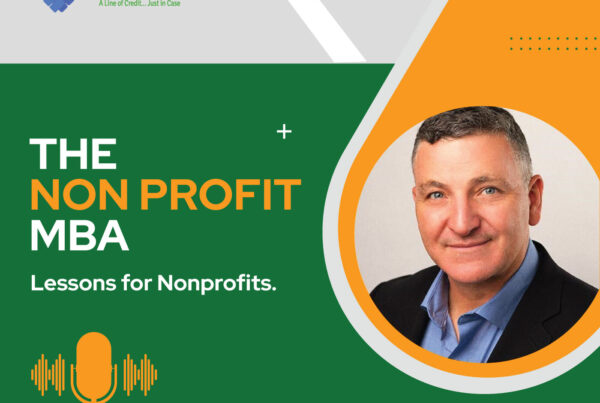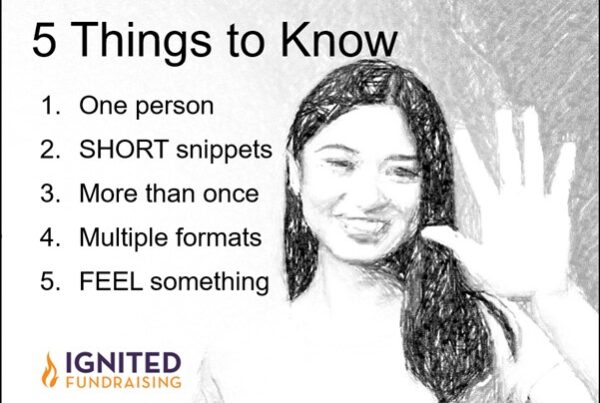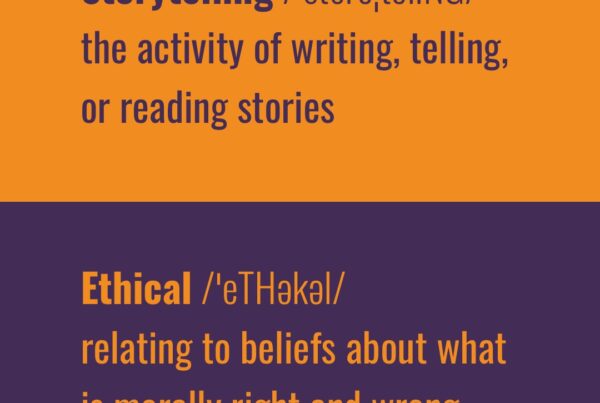A few weeks ago I wrote the nonprofit version of a blog post about using storytelling in nonprofit marketing.
After that post published, I realized, I had more to say.
The truth is I often find myself cringing when
– I read most so-called stories
– I hear Executive Directors or Development Directors tell a client story out loud
What’s often called a story is no more than reciting facts. Without a picture or descriptive words the story becomes little more than “noise” or message clutter.
To make the leap from “lazy,” fact listing, stories, to memorable, empathy-causing stories it’s important to pay attention to our word choices.
Here’s an example I often share in my workshops and trainings. The credit for this goes to my colleague and fellow master storyteller, Andy Goodman from a keynote speech delivered years ago. This is a story you know, have read, seen or heard many times.
Can you guess this story?
The role of family & community in mentoring alienated youth in the American Midwest.
This is a story of an at risk youth, from a blended family, in the economically depressed farm belt. One day she is rendered unconscious by an extreme weather event. When she awakens she takes a long perilous journey to a distant mineral based metropolitan center. And along the way she is accompanied by 3 variously challenged homeless adults…
Did you figure it out? Yup. It’s the Wizard of Oz.
A beloved childhood story told in “nonprofit speak.”
What if you are doing that very same thing with the stories you tell out loud or share in social media or on your website?
Research shows stories are remembered up to 22 times more than facts alone. But, your story must be written or spoken in a memorable way to provide that big of an impact.
A good story is data with a heart and soul.
What does it take to create an empathy invoking, action-causing story?
5 Essential Storytelling Secrets to Raise More Money:
- Make your story about one person.
- When telling a story out loud, shorter is better.
- Share exact results AND transformations for the person in your story.
- Clearly define the conflict. The conflict is the oxygen in your story.
- Include emotionally engaging words.
View the replay of my free web class where I’ll teach you how to effectively use storytelling in your nonprofit fundraising.
The class was a deep dive into the 5 essential secrets and I even coached one story “live.”








Hello Lori,
Our daughter, Lisa, has Ataxia.
She is now 50 years old, at age 33, she was diagnosed, with this disease. Brain disorder, so no treatment no cure.
I started a Tea Time To Cure Ataxia in 2010. It has grown every year. This October 12, will be my tenth year.
I do it by myself.
Lisa is the face of Ataxia in San Diego, to my friends.
Oh my goodness, Jane. Thank you for sharing this. Putting Lisa’s face to your work made it incredibly relevant to your community. Thank you for the work you are doing!
Lori